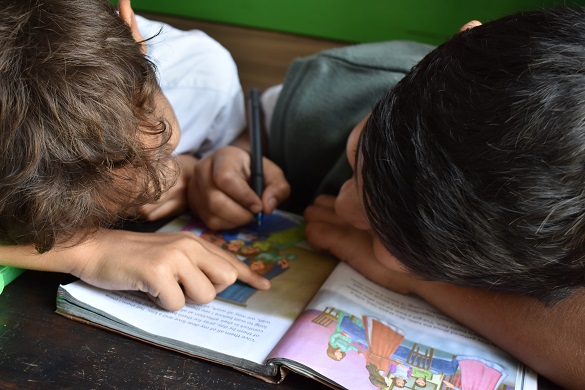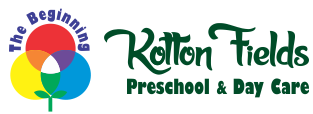Early childhood (0-6 years) is a phase of immense brain development and learning in a child. Research has proven that a child’s development and capacity to absorb concepts is highest during this time than at any other stage laying the primary foundation of education. This makes it necessary for them to be exposed to a structured environment that will provide an adequate and appropriate stimulus for learning as well as prepare them for conventional learning in Grade 1. The key factors that shape the learning philosophy at Kotton Fields are:
1. Individual Curriculum
Kotton Fields™ believes that every child is unique. And this uniqueness comes from a variety of reasons. They come with unique personalities, at different ages with different learning capabilities, and different interests. We should understand that there is a lot of difference between a child who is 2 years and a child who is 2 years and 3 months old. Their needs, likes and preferences are very different from each other. Therefore, giving a common goal to both the children is the most unrealistic way of teaching and learning that can happen in a child’s life.
In most of the preschools, group curriculum is followed. That is to say, all children between the age of 2 and 3 would do the same prefixed activity on a particular day, irrespective of whether they are interested in the activity or not and whether they are capable of understanding the topic/activity or not. Similarly, a child may love math on one day and do only number work. And the same child may not like math the next day because of varied interest. Hence, a group curriculum is not always employable.

At Kotton Fields™ Preschool, we firmly believe that each and every child is unique and implement a child-centric, individual monthly plan with to ensure that the developmental milestones are met. Another key factor to these individual monthly plans is that these activities are in sequential order. This means that the child should have completed the activities of the previous month in order to advance to the activities of the current month. This ensures that the development is gradual and incremental and not drastic. Let us understand this concept with the help of an example. In order to introduce the concept of triangles, we use a triangle sorter and gradually introduce the names of these triangles, like scalene, isosceles, etc. All these activities will be introduced individually to each child and they work independently with the material.
2. Experiential Learning
Kotton Fields believes that a good learning programme progresses from concrete to abstract. The first part of learning is necessarily concrete, i.e. learning through materials which the child can touch, feel and experience. Once this hands-on experience is complete, the same concept is reinforced abstractly, i.e. through books and paperwork. Every objective of the learning philosophy and curriculum at Kotton Fields is met through this process.
Each material is designed with only one specific objective in mind. Let us take the example of height rods. Rods of different height designed to teach the concept of height are painted in the same colour. So when a child revisits the material, he learns more from it and develops only the concept of height. However, if the same set of height rods are used to introduce colours, then the child would get confused as the material becomes multi-purpose in nature.

3. Peer Learning
The Learning Philosophy at Kotton Fields believes that all children must work together during the first part of the day. Younger children tend to learn faster just by watching the older ones work in the same environment. There is healthy role-modelling happening similar to that of a joint family system as it is the tendency of a child to follow another child. There is also discipline inculcated in them as they watch the older ones work with discipline. For the older children, there is reinforcement of their earlier learning from time to time. They do not forget what they learnt earlier and discover new things when they revisit the basic materials which the younger ones are working on
Amidst all this learning, there is social fostering happening. A mixed-age group class reduces the lack of discipline and aggression as children understand rules better and socially accept them as well. Thus, there is a healthy mix of academic and social learning.

